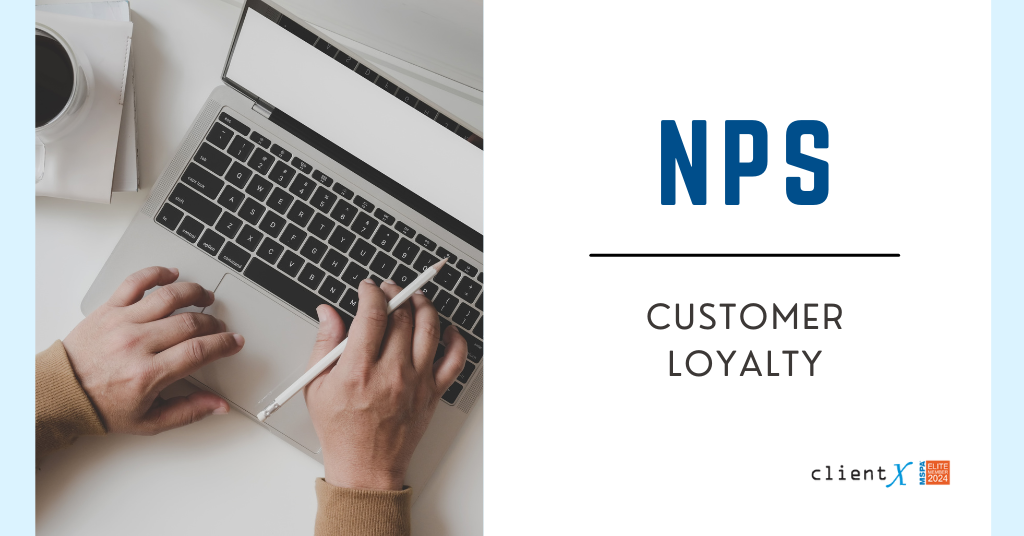NPS in the Context of Mystery Shopping: How to Measure Customer Loyalty in Real-Life Conditions?
Net Promoter Score (NPS) is one of the most popular metrics for measuring customer loyalty and how they perceive a product or brand. It evaluates how likely customers are to recommend a product or service. Combining this metric with a mystery shopping survey provides the opportunity for a more in-depth analysis of customer experience.
How is NPS Calculated?
The NPS metric measures customer satisfaction on a scale from 0 to 10, where 10 represents the highest level of satisfaction, and 0 the lowest. The most asked question is: "How likely are you to recommend this product/service to friends and family based on your experience?"
Respondents are classified into one of three categories based on their answers:
+ Promoters – Customers who are highly satisfied (score 9 or 10). They serve as "walking" advertisements for the product/brand, as they actively recommend it and share their positive experiences with others.
+ Passives – Customers who are generally satisfied (score 7 or 8) but not enthusiastic enough to actively promote the product or defend its advantages over competitors. This is an important group, as with minimal additional effort—such as a small gesture, a compliment, or personal attention—these customers can be converted into promoters.
+ Detractors – Customers who have low satisfaction (score 0 to 6). Not only will they not recommend the product, but they might even discourage others from using it, essentially becoming "walking" negative advertisements.
The NPS index is calculated using the following formula:
- Promoters – Detractors = NPS
The result is a number ranging from -100 to 100.
For example, if 30% of respondents are detractors, 20% are passives, and 50% are promoters, the NPS would be: 50% - 30% = 20%
Any value above 0% is considered a positive NPS. However, the closer it is to 100%, the better, as this means that satisfied customers who are likely to bring in new clients significantly outnumber dissatisfied ones.
Integrating NPS into Mystery Shopping
The NPS question can be included in the questionnaire that the mystery shopper fills out after completing an evaluation. The data collected can then be compared by location, time periods, and other factors.
The given ratings can be linked to specific observations regarding the company’s service standards—moments that impressed the mystery shopper during their interaction with an employee (e.g., being offered a drink while waiting, receiving personalized and warm treatment) or identified issues (e.g., lack of attention, long waiting times).
The feedback received can be analyzed in detail to identify what customers appreciate most about the service, as well as the most frequent complaints.
Benefits of Combining NPS and Mystery Shopping
- A complete view of the customer experience – NPS provides quantitative data on loyalty, while mystery shopping provides qualitative feedback.
- Focus on both strengths and weaknesses – Elements of service that generate high satisfaction can become standard best practices, while low ratings can highlight critical problem areas.
- Improving service standards based on results – Observations help in developing strategies for enhancing service quality.
Conclusion
Combining NPS with mystery shopping is a powerful tool for analyzing customer loyalty and identifying opportunities for improvement. It not only measures service effectiveness but also helps in developing better strategies for customer retention and increasing overall satisfaction.

